From July 16 to August 11, Mou In Yao's (Macau, China, 2000) solo exhibition "Thin Sheets of Needs" will be shown at the MoCA Pavilion. Marking the 25th anniversary of Macao's return to China, the exhibition "Thin Sheets of Needs" starts with artist Mou In Yao's "food" inspired paintings. By dividing, analyzing, and reorganizing the images of desire born under patriarchy, it uses light as a guide to reproduce and assimilate two-dimensional images, three-dimensional consumption, and multi-dimensional desires.
The concept of the exhibition is derived from the description of fruits in the poetry collection "What You Say to Me Is Bitter Like Fruit, Dizes-me coisas amargas como os frutos (2001)" by female poet Ana Paula Ribeiro Tavares, who was born in Angola and now lives in Portugal. In her poem "Loquat", fruit symbolism reveals an imperious romantic fantasy, where the countless desires of deflowering lives behind the facade of attentiveness. A fruit's survival battle can only be won through its seducements by becoming a desire-bearer. Such a metaphor could be extended to food culture under consumerism, pointing to the multi-expressions of desire through interpretations of the term 'consume'. The exhibition titled 'Thin Sheets of Needs' comments on the multi-definition of consumption through exploring the obsession one holds onto a two-dimensional fantasy in a three-dimensional world.
The exhibition presents 5 "food" themed paintings by artist Mou In Yao. Through a triad structure, the show aims to discuss the relationship between two-dimensional figures, desire, and the manifestation of light. From medieval paintings to virtual idols, our demand for two-dimensional images never stopped. Consumerism culture led to a rise for an easier and interchangeable figure of redemption. ACG culture provides such simplicity through its subcategories and objectification of anime figures. They have no rights, consciousness, or morals but exist as objects in their purest form, as their only purpose is to love us, a pixelated god catered to our taste.
Light is crucial to this exhibition. The works on display use materials that require light refraction, such as glitter, pearls, and diamonds, so audiences can view them from various angles during movements, delivering a pure, trespassable commentary on undiluted desires. According to the English philosopher Robert Grosseteste, light is the source of all beauty, a manifestation of God's divine through its blissfulness. As a prime matter in cognition, desire functions similarly to light. Light is her tool for perceiving desire, and as the subject moves across the surface, the multi-dimensions of desire are slowly revealed.



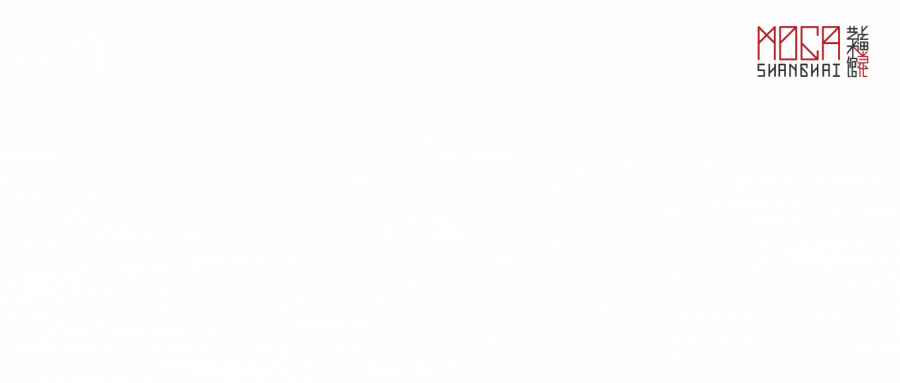
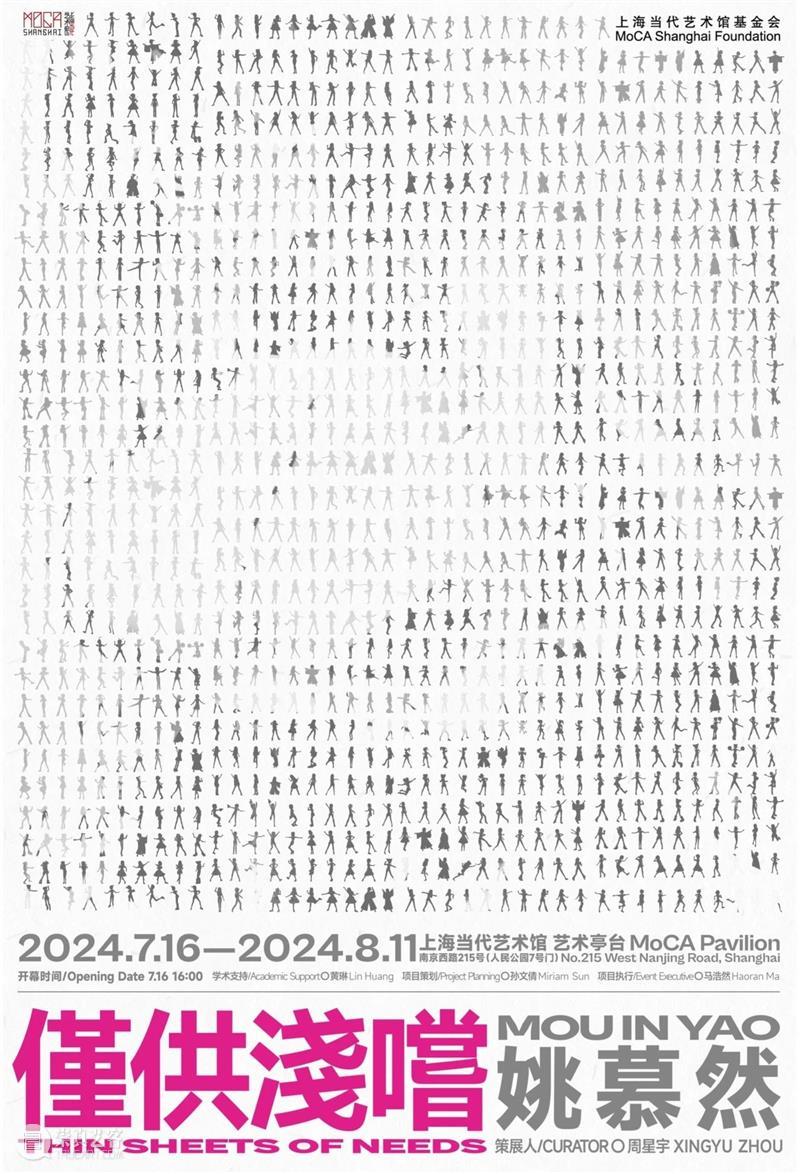
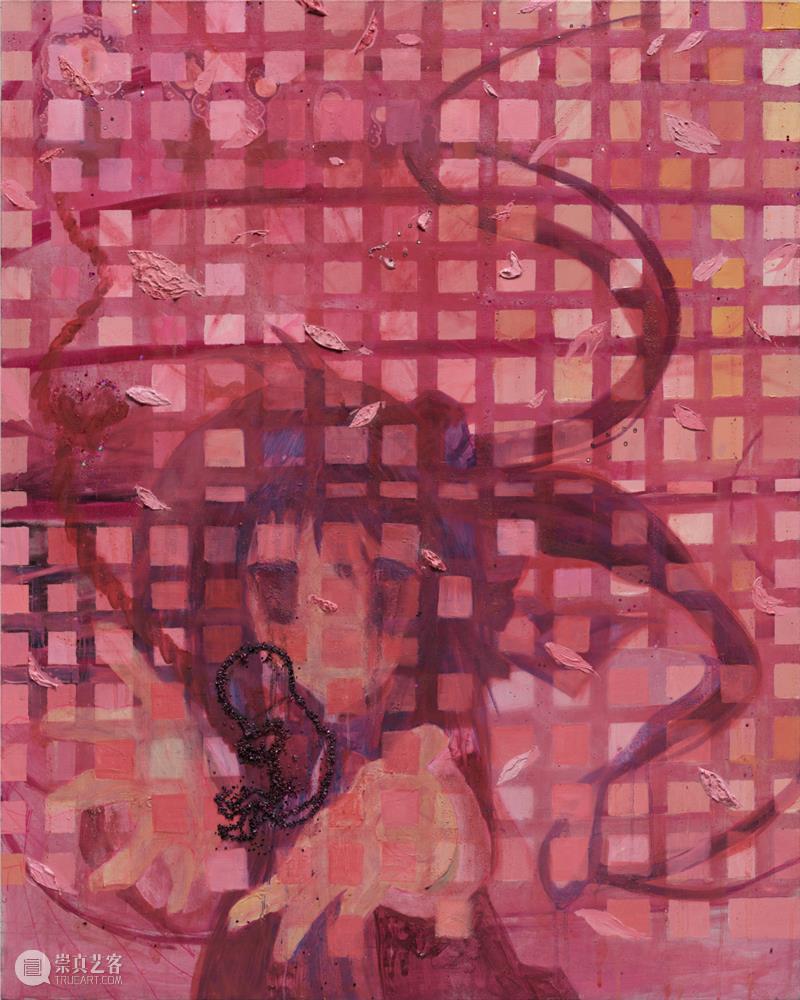
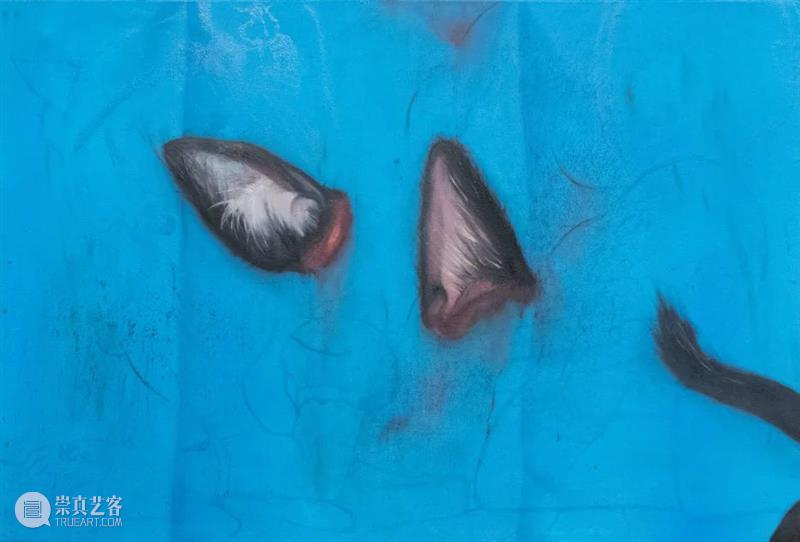
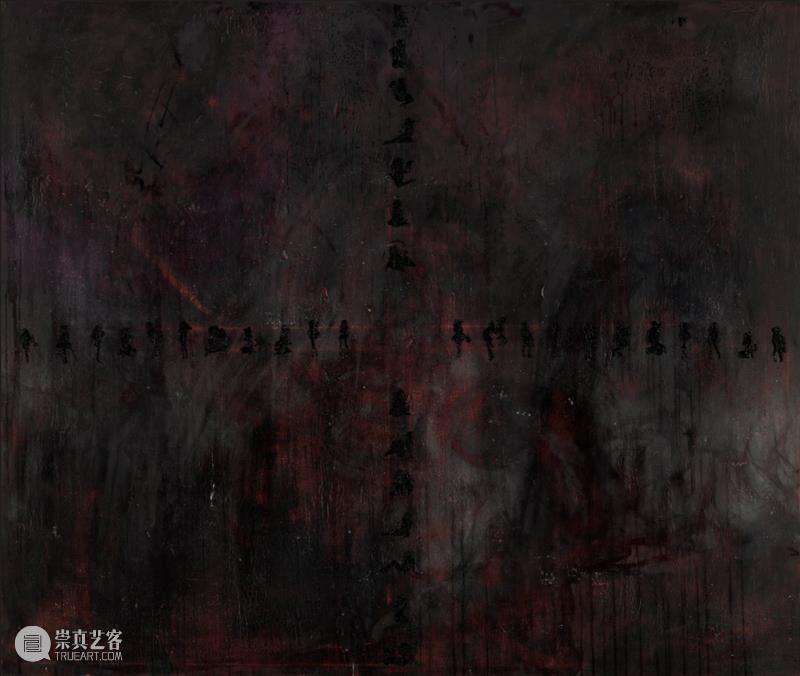
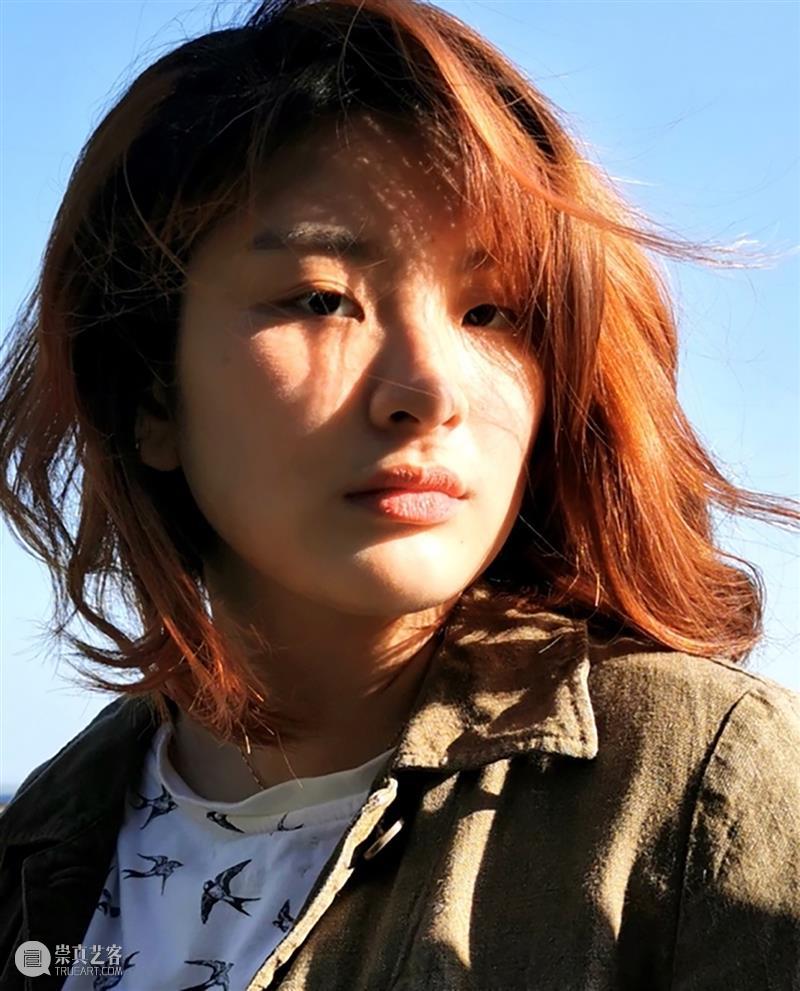
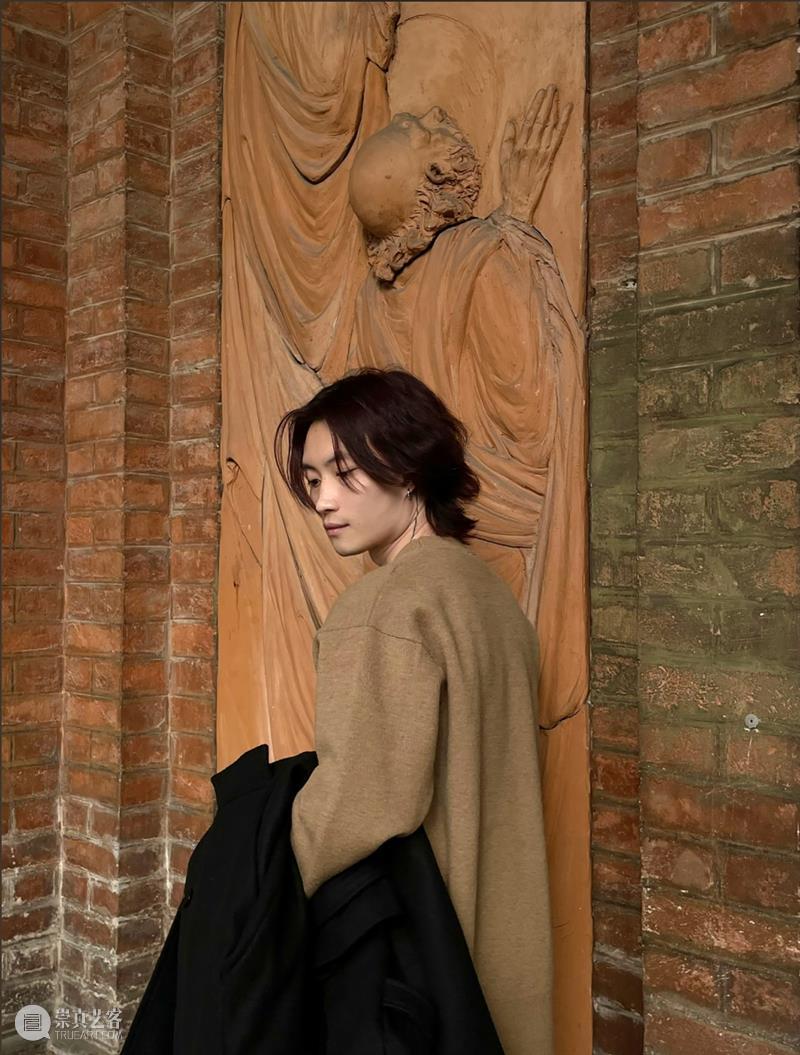






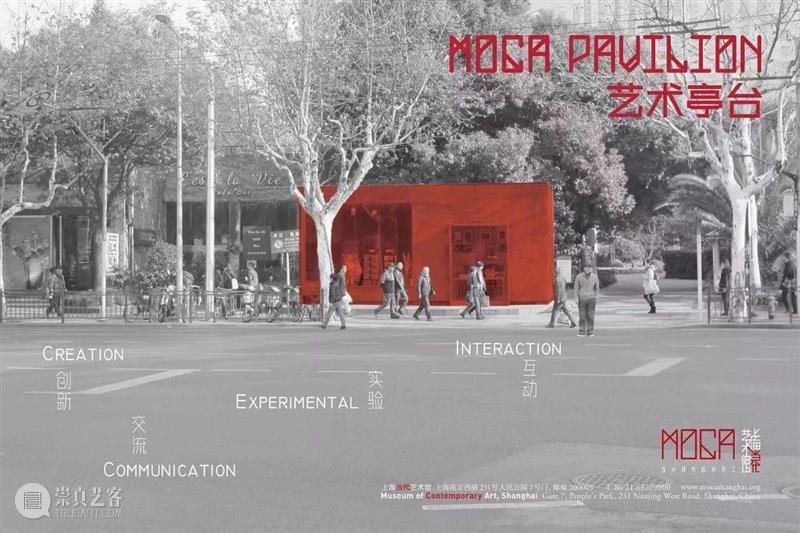
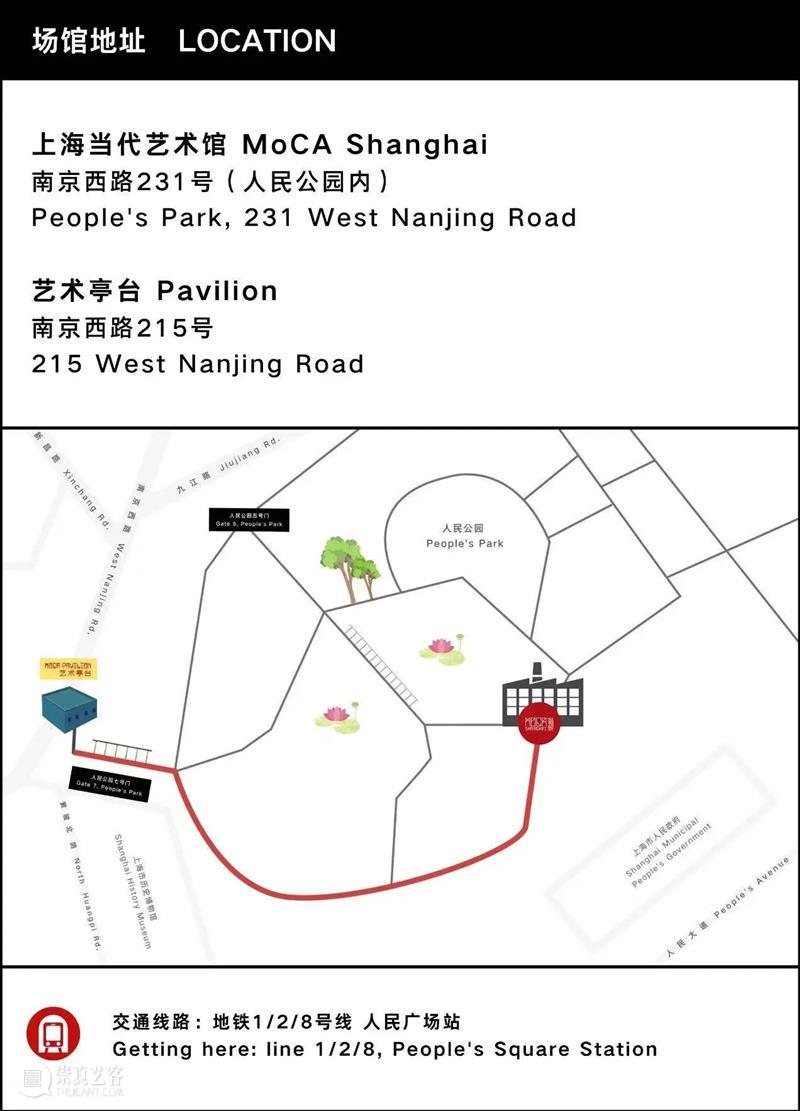
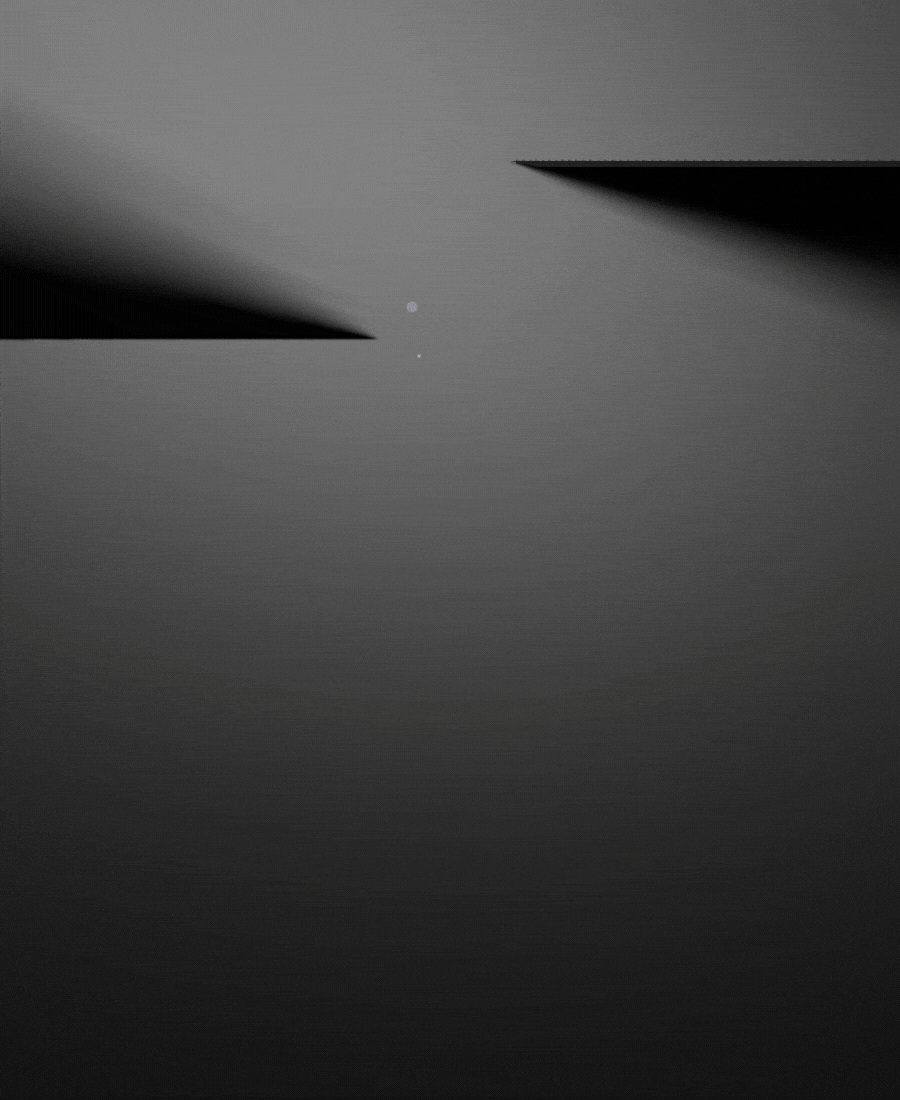





 分享
分享